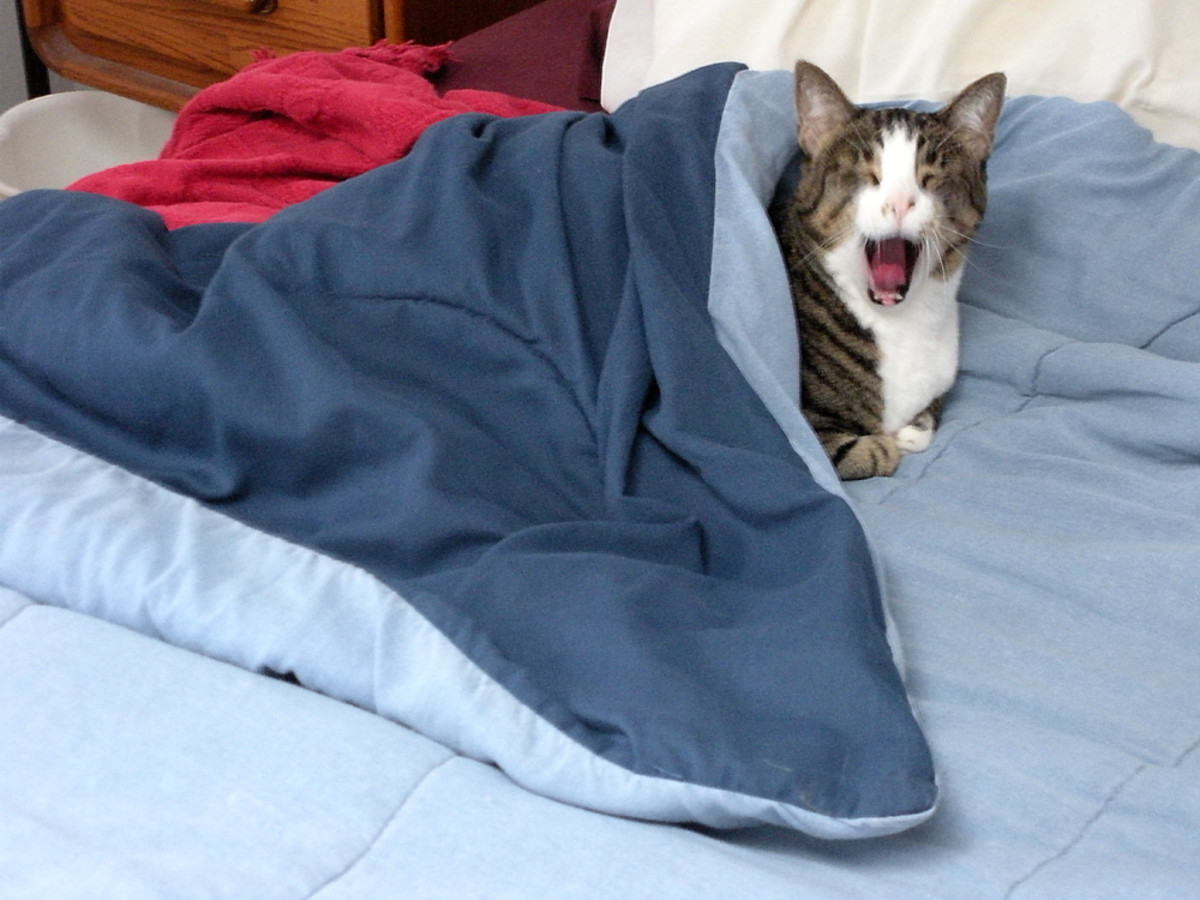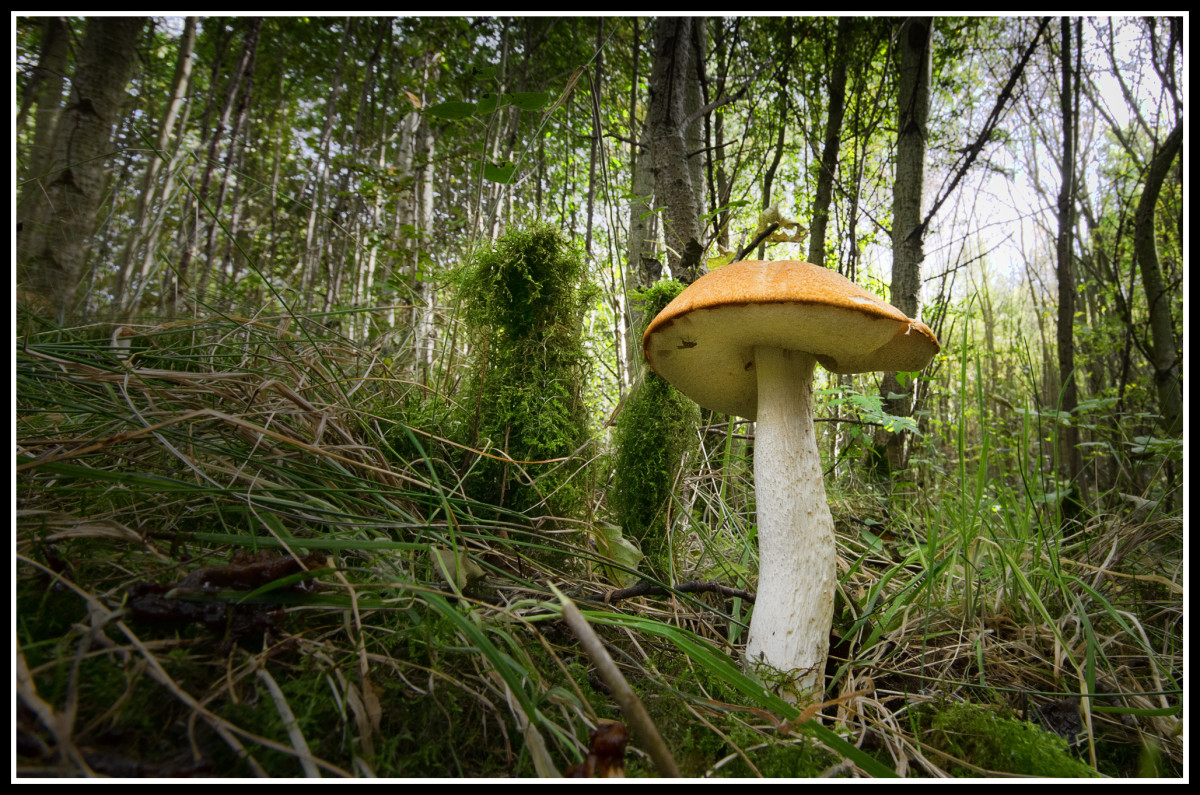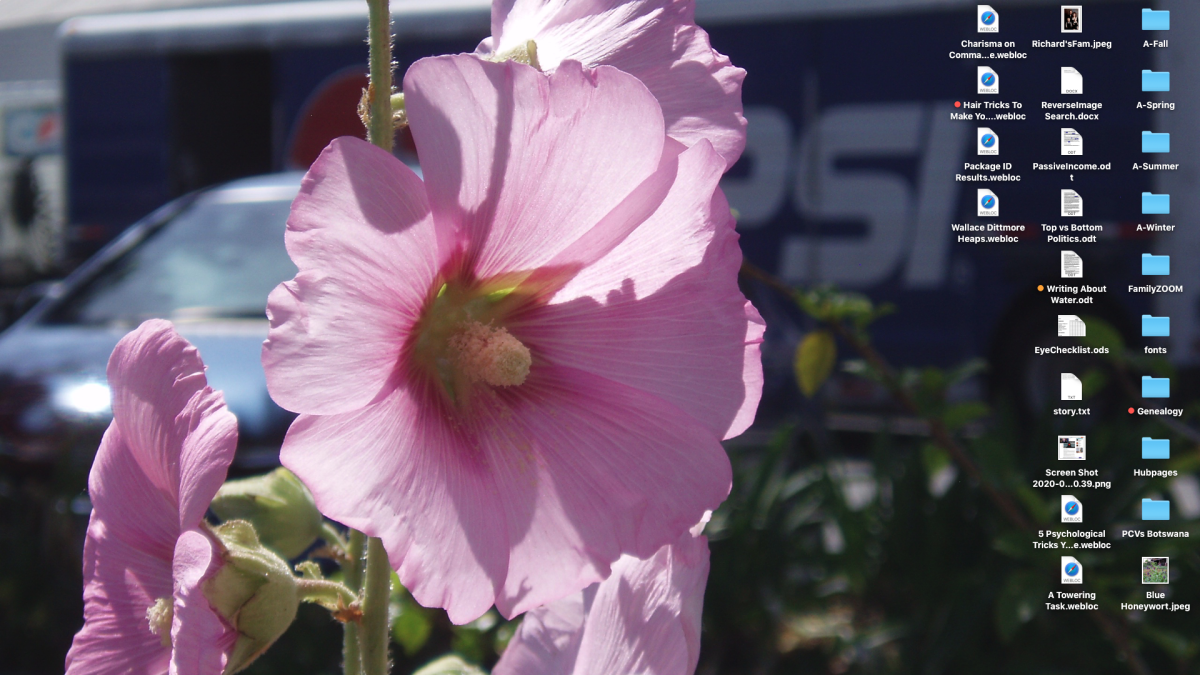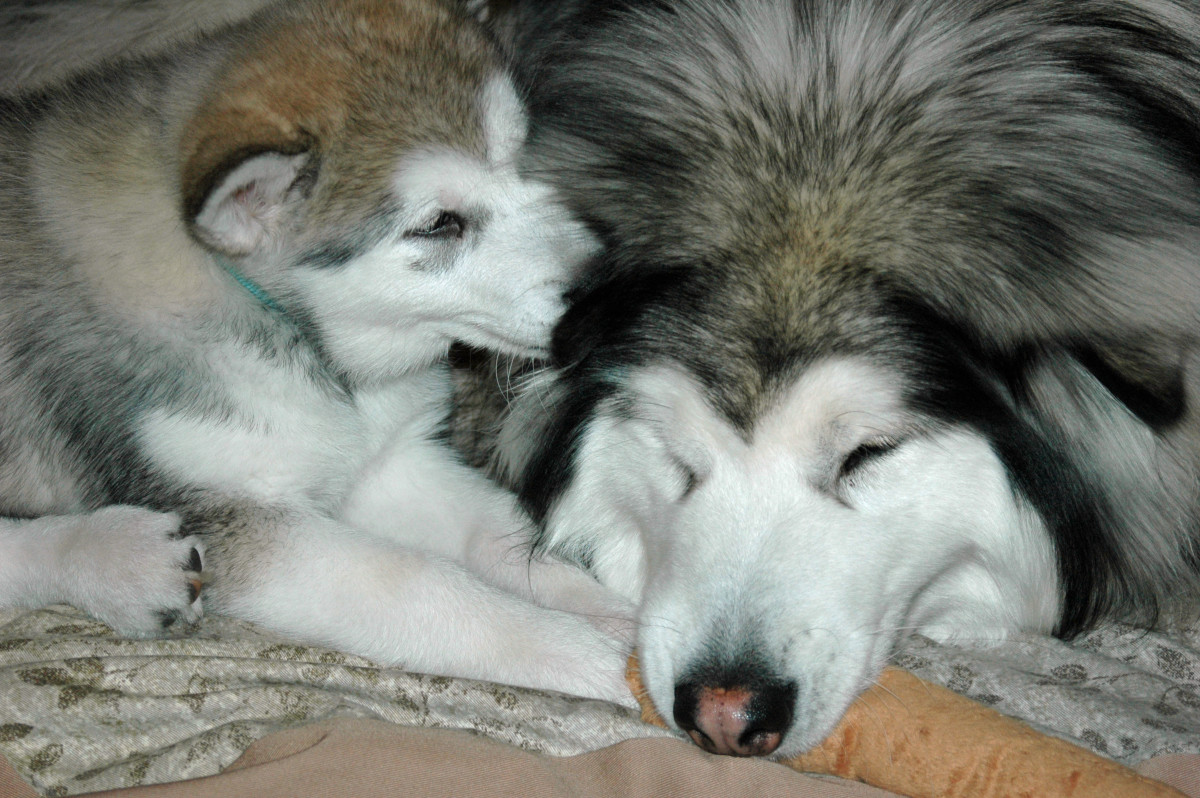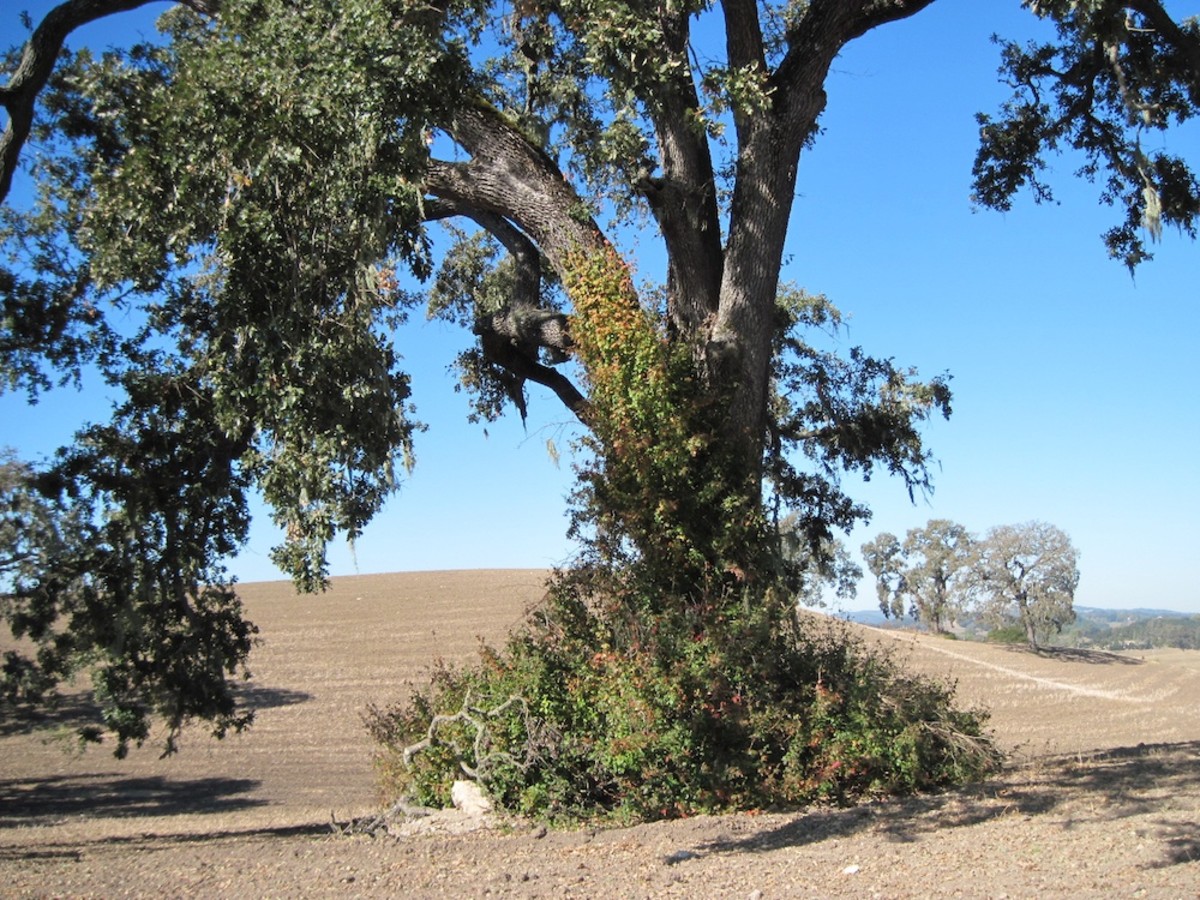Photographing Birds in Flight

Birds in flight can be pursued anywhere where you can find birds. It doesn't have to be any specific bird species, most any bird subject will do.
There are basically two main techniques to follow; one involves freezing the action and the other involves recording the bird in as sharp detail as possible while blurring any other elements which gives the sensation and appearance of movement.
The first technique of freezing the movement of any bird in flight is easily done by using a fast shutter speed of at least 250 and there must be enough light to guarantee that the fast speed will record all details. Alternatively you can use a flash unit to create or add enough light.
The second technique involves the perfection a what is commonly known in the photography circles as panning where you follow the subject with your camera after depressing the shutter and do so at the same speed of movement as that of the subject. This will most often capture the subject in flight in sharp detail while blurring all other elements within the scene. You can also combine scenes from other techniques.
For a panning shot position yourself in a place where your view of the subject will not be obstructed by anyone or anything else. Also consider the background elements within the composition. If there are too many distracting elements they will have a tendency to distract an audience's gaze. Try to select backgrounds that have a single dominant color or alternatively plain backgrounds tend to work best. Aim for subjects that fly in a straight line since it is easier to conduct the panning rather than subjects which move from side to side.
A shutter speed will have to be selected that is slightly slower than what you would normally use to freeze the action; if the camera meter recommended a speed of 125 then select the next slower speed for example 60. If your camera has a fast auto focus mechanism then allow it to do the focusing for you, if not then you will have to pre-focus on the spot where you intend on depressing the shutter.
Once the camera completes the recording of the image continue to follow the subject for a little while longer to ensure that the resulting image will be sharp enough. I have found that film cameras do much better with this technique than does any digital model due in large part to shutter lag which is inherent of many digital photo cameras especially the older models.
Panning involves many hit & miss tries until you learn to recognize the best positions and speeds that are appropriate for each subject. You are also going to have to rely on a tripod with a movable or rotating head or even better a mono pod.
Unlike regular bird and most animal photography in which you try to record the subject's eyes as sharp as possible even sacrificing sharpens of other parts, here your aim is to record a subject as sharply as possible and the eyes are generally too small to purposely try to record them sharply, so they are not the main point of interest in this technique.
Be mindful that you will rarely capture an image that is 100% sharp with any panning technique however they will be more than sharp enough to be usable. The pleasing compositional elements comes from the blend of movement and sharpness.

![By frank wouters (originally posted to Flickr as vale gier) [CC-BY-2.0 (http://creativecommons.org/licenses/by/2.0)], via Wikimedia Commons By frank wouters (originally posted to Flickr as vale gier) [CC-BY-2.0 (http://creativecommons.org/licenses/by/2.0)], via Wikimedia Commons](https://usercontent2.hubstatic.com/7947079_f520.jpg)
You should use long lenses such as telephotos, but remember that the longer the lens the less light that you can work with and the slower it is due to the limited f-stops typical of long lenses.
If you are going to use flash the subject must be within the flash effective range otherwise you are just wasting battery.
A good rule to follow is to locate a group of birds and slowly approach them until they feel comfortable with your presence and in turn this allows you to get set up and plan your shots according.
For small species you will definitely need to use a longer lens besides getting as close as possible without scaring the subject. pre-focus on the subject and be ready when it takes flight.
A good rule to practice when doing panning is to focus and follow your moving subjects while you keep both eyes open.
This will ensure that you do not lose track of the subject in flight which can happen when the shutter opens and shuts if using only one eye.
This can take some getting used to but it's well worth it for this and many other photographic applications.
- Backyard Birding -- National Geographic
Learn all you wanted to know about birding with National Geographic
© 2011 Luis E Gonzalez





